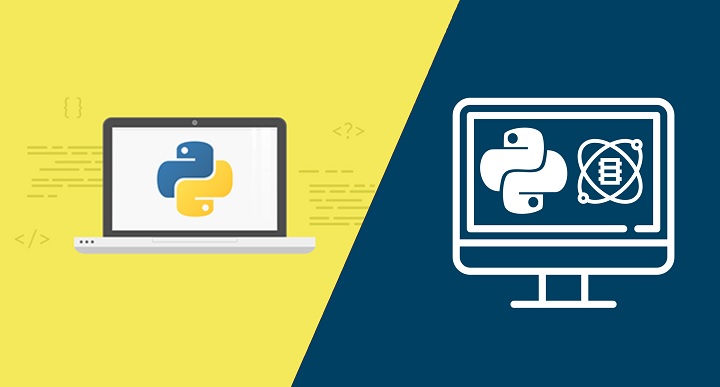In an era where the healthcare systems are in constant flux, medical practitioners and nurses must work harder to keep up with increasing demands. Diagnostic Data Analysis with Python provides a solution that allows users to quickly analyze patient data using Artificial Intelligence algorithms to identify problems, show trends, and even generate risks. In the long run, the platform enables medical staff to make critical decisions vital for better results.

In addition, collating and analyzing patient data is a very tedious process for most medical practitioners and nurses. Remember that information is ferried from one specialist to another and back again – increasing the risk for clerical errors. By using artificial intelligence-powered Diagnostic Data Analysis with Python, the platform provides a solution that allows the medical staff to work faster and more efficiently.
Why should you use Diagnostic Data Analysis with Python?
Python is a high-level programming language that allows fast prototyping and development of programs without writing too much code. It runs on all major platforms and has extensive documentation and support online. You can use Python in scientific applications like data analysis or machine learning. The advantage is that it allows users to create tests that simulate scenarios similar to reality quickly.
Additional blog posts on Python
For example, if you want to know how well a diagnostic tool works on patients with respiratory problems, you can build artificial patient data that mimics real-life patient data. The use of Python has grown rapidly in the past few years, and there are many tutorials
One of the many reasons Diagnostic Data Analysis with Python is beneficial for healthcare workers is that it allows them to save precious time. Instead of going through several documents and reports, medical staff can now go through all this information at once.
Amazingly enough, the software makes it easier for them to monitor their patients throughout their shift and better understand their health conditions. This helps them make more informed decisions about treatment options and rehabilitation.
It is also possible for healthcare workers to keep up with several patients simultaneously. Moreover, it allows medics to monitor a patient’s health conditions without spending too much time on paperwork and documents, which easily get overlooked. What’s more, this software can help medical staff make better decisions about treatment options and rehabilitation to the benefit of their clients.
Diagnostic Data Analysis with Python can also be useful for medical researchers, as they will have access to a wide range of data collected daily. The program’s Artificial Intelligence algorithms allow them to detect trends and risks associated with certain health conditions. Such information is critical in the research of new medical treatments and therapies. Eventually, medics manage to monitor the effects of previous treatment plans and spot pending issues that require urgent attention.
What is required to use Diagnostic Data Analysis with Python?
Currently, anyone can use Diagnostic Data Analysis with Python by simply installing the software on their computer. The platform works on all types of devices and platforms that have access to the internet. Although this software is compelling and versatile, there are no special requirements to use it.
However, it is necessary to have a solid understanding of at least one programming language. The positive side is that professionals who are either learning or already proficient in coding can use the platform to make quick changes and tweaks.
If you are new to Python, the first thing that may surprise you is that no classes are needed, even though it is a high-level programming language. Also, Python does not have native support for data structures like vectors or matrices. This might be astonishing because many people associate vector operations with numerical computing.
However, don’t worry because there are several ways to overcome that. For example, you can use NumPy and SciPy to add vector and matrix support. These modules help us perform operations on the numerical arrays without writing loops that deal with individual elements.
Other options include libraries like NumPy-stl, h5py, or hdf5. Note that these are great for storing large amounts of data or performing file I/O. What’s more, we can also make use of the Pydot library to generate graphics or matplotlib to create charts.
Conclusion
There are many benefits of choosing Python over others. After all, it makes it possible to encode every object in memory, take advantage of built-in data structures like dictionaries and lists, manipulate text or date information with ease, create powerful graphical user interfaces, and a lot more. These are just a few of the things that you can do with Python!
It is not difficult to start using this language, but it has a steep learning curve to become a pro. The good news is that there are many online tutorials available for free on the internet to help you learn all the features of Python. The best way to learn anything is by doing it, so get your hands dirty and start writing code today.




Leave a Comment